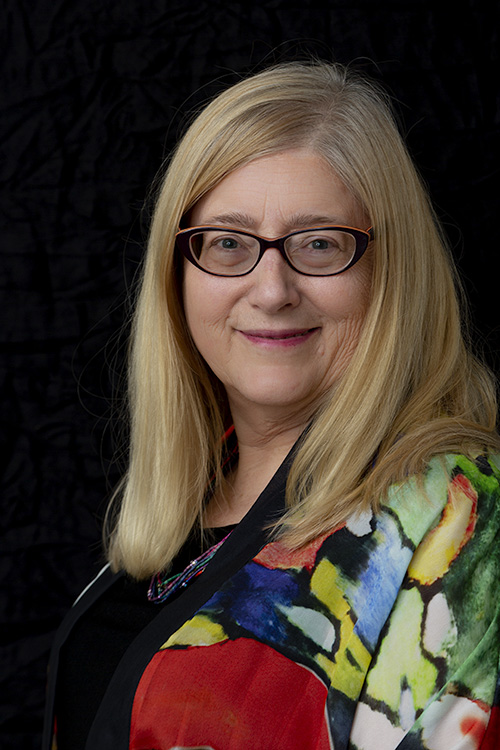The New Improved Pink Tax
Much has been written about the Pink Tax, which, despite the name, is not an actual tax. It refers to the practice of charging more for products intended for sale to women, where an almost identical product for men costs less. The same manufacturer may charge more for a pink razor than a blue one. A women’s blouse will often be more expensive than a similar men’s shirt. A salon may charge more for a woman to have her hair cut than a man. These gender based surcharges have a real impact. For example, a 2015 study of products and services in New York City found an average markup of 7% for women’s goods and services. And the Pink Tax starts early. Studies have shown that toys marketed for girls cost more than similar toys marketed for boys.
The Pink Tax has been recognized since at least the 1990s. In response, several jurisdictions have pushed back on gender surcharges for goods, services, or both. The first of these bills passed in California in 1996 prohibiting gender discrimination in the pricing of services (attempts to pass a similar bill for products were unsuccessful). In 1998 Mayor Rudy Giulani signed a City Council bill prohibiting gender-based price discrimination in hair salons, dry cleaners, and other New York businesses. Miami-Dade County in Florida has an ordinance prohibiting price discrimination for both goods and services. However, attempts to control gender discrimination in pricing at the national level have not succeeded. Jackie Spier, who sponsored the 1996 California bill, introduced similar legislation when she became a US Congresswoman, without success. In fact, attempts to repeal the only actual pink tax, a higher tariff on imported goods for women, also failed.
Once aware of gender-based price discrimination, we can limit its impact on our lives. We can buy blue toys for our granddaughters and find a salon with gender neutral pricing. But that 7% markup in the New York study is peanuts compared with the “Anti-Aging Tax” we encounter as Women of a Certain Age.
In 2012, FDA issued a Warning Letter to L’Oreal, the largest cosmetics company in the world, ordering the company to stop using drug-like claims on cosmetics sold in the United States. At the time, L’Oreal advertised that “anti-aging” products costing as much as $132 were clinically proven to “boost gene’s activity and increase the production of youth hormones.” While FDA does not require approvals for new cosmetic products, claims to affect genetic activity require products to be approved as drugs.
But these L’Oreal creams could never have earned FDA approval because the claims were deceptive. In 2014, L’Oreal reached a settlement with the Federal Trade Commission under which the company agreed to stop deceptive advertising, including claims that their products could “crack the code to younger looking skin.”
Yet the company continued to push the envelope. In 2021 a class action lawsuit alleged that L’Oreal sold a range of “anti-aging” creams with inflated prices. Company advertising claims the collagen molecules in these creams “restore the skin’s cushion,” and slow the formation of wrinkles. But according to the lawsuit, these creams stay on the surface of the skin and do not affect wrinkle formation. The suit points out that the worldwide market for “anti-aging” products containing collagen was valued at $4.21 billion in 2018 and expected to reach $6.63 billion by 2025. L’Oreal is far from alone in its attempts to exploit women’s fear of aging.
Indeed, there has been a bumper crop of class action lawsuits and FTC enforcement actions against manufacturers of a variety of “anti-aging” products. As of 2017, there had been at least 31 class action lawsuits on this issue and at least ten FTC enforcement actions in the previous five years.
The response of cosmetics companies to these legal actions was not to abandon their profitable claims but to refine them. Attorneys advise their corporate clients to focus on the “appearance of aging,” rather than claiming the products are actually “anti-aging.” A vaguer, more subjective claim is more difficult to litigate. The claims did not disappear but instead grew more insidious.
New Improved Pink Tax
When we buy “anti-aging” products, as when we buy “pink” products, we try to make ourselves feel better by buying something. Salvation through paying money has a long history. It goes back at least to the sale of indulgences in the Middle Ages as a leg up for getting into heaven. Fast forward to American culture, where exploiting our fears and dissatisfactions is a key component of advertising: You’re not a sexy man unless you buy this car, you’re not a manly man unless you drink this beer. You’re not feminine unless you pay extra for this pink product, you’ll look old unless you pay extra for that mislabeled face cream. Buying into these claims only feeds our insecurities because the claims prove unfounded. What can we do instead?
- First, we can retrain ourselves to see the beauty in older faces and bodies, our own included. Youth has no monopoly on beauty. Compliment your friends and yourself on your appearance, just as they and you are now.
- Second, we can find self-acceptance in other ways than buying things. As older women, we are shepherds of our resources. Save your money for what you really need, and celebrate yourself for free, through writing, walking, meditating, calling a friend.
- Third, when we do actually need to buy something, we must be skeptical of claims. Seek better information. Read the ingredients.
“Anti-aging” is a marketing claim that enables companies to mark up prices and increase profits on moisturizers. A product that was truly “anti-aging” would be a drug that required FDA approval. These baseless claims appeal to magical thinking. An “anti-aging” cream cannot restore our youth any more than pink slippers will make us Disney princesses. The Anti-Aging Tax is the Pink Tax on steroids.
Pushing back on this marketing scam requires that we confront our internalized ageism, in the same way pushing back on the Pink Tax requires that we confront our internalized sexism. Why pay more for a pink razor when a blue one does the job? Why pay more for the same moisturizer just because the label says “anti-aging?”
After experiencing the wage gap all our lives, we now face more retirement years with lower Social Security and lower savings than men of the same age. The last thing we need is to spend extra money based on marketing puffery. Next time you go shopping, buy yourself a blue razor and a tub of ordinary moisturizer. Your wallet will thank you, and so will your self-esteem.



One Response
Sound advice in a sexist environment.I just spent $87 for a moidtutara which is clearly a rip off.will not do that in future.